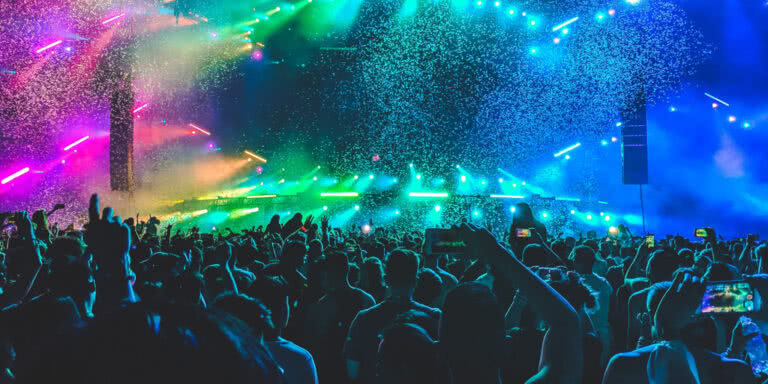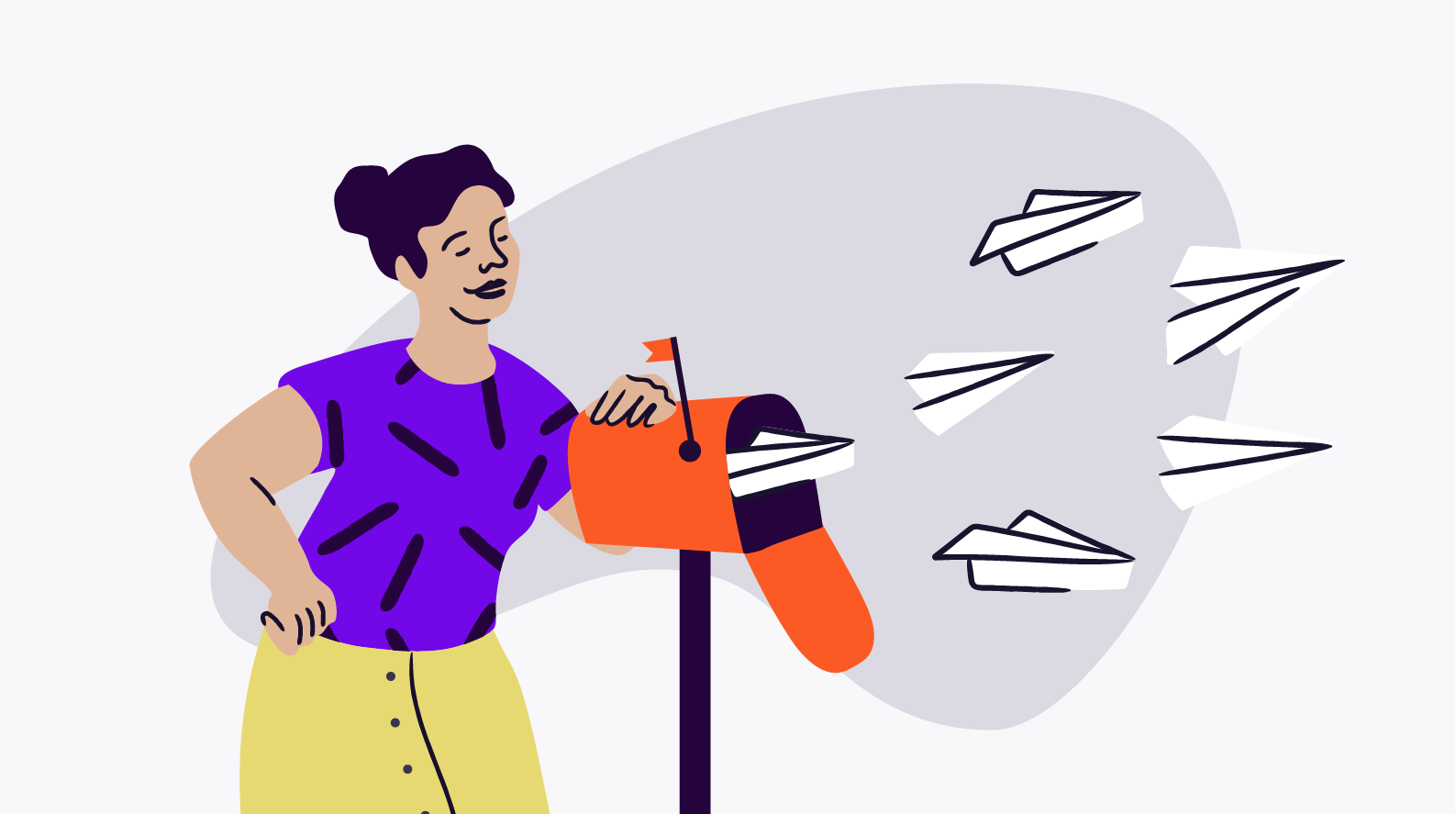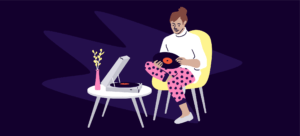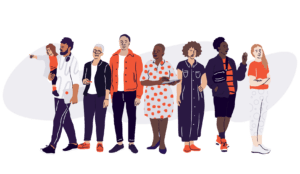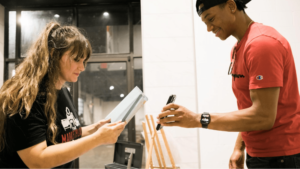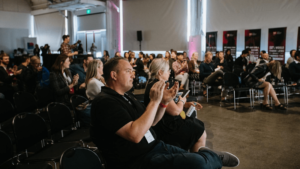Live music has faced multiple challenges since the arrival of COVID-19, prompting some creators to cancel, postpone, or adapt their events. Now that live music events are back on the agenda across the country, it’s time to consider how you can adapt your event marketing to bounce back stronger. A great place to start is with your email marketing strategy for music events.
Even in the age of social media, email remains a key marketing tool for connecting with fans, promoting your shows, and selling more tickets. But it takes some effort and experimentation to get fans to open your emails and take action. Here are five ways you can boost your email open rate and improve your fan connection.
1. Grow your email marketing list for music events
Once you’ve begun expanding your email list, there are many ways to maintain a steady stream of sign-ups:
- Regularly upload the attendee list from your events into your email marketing platform. Eventbrite can help you sync directly with the best email service for musicians or venues like yours, with options like MailChimp and Emma.
- One of the quickest ways to grow an email list for musicians is to add an email sign-up box to your website in a prominent location or popup. Promise registrants a reward for signing up like early access to ticket sales or discounted entry. Let your social media followers know about your email updates and ask them to sign up, too.
- Get started with Eventbrite Boost, where you can easily launch contests to capture new email subscribers and increase engagement across social media.
2. Stick to a schedule for your music event email marketing
Consistency is key when promoting upcoming events and musicians through email marketing. You need to keep a steady stream of quality content flowing to your audience, both about your artists and the events. This is to keep people engaged and get them sharing with their wider community, too.
- Send your updates out at a frequency where your messaging remains fresh and engaging. If you have a lot of high-quality content to share each week, aim to send your emails out at the same time every week. Experiment with different send times and then stick to what works best for you. If you don’t have enough content to send an email that will get attention every week, opt for once every two weeks or every month.
- As your event date gets closer, increase the frequency of your emails to increase interest and help ticket sales. Consider event promotion strategies like competitions or discount group tickets that encourage your community to forward your emails.
- Find tools to automate your email marketing so you’ll never get too busy or forget. Tools like Eventbrite Boost help you to schedule content in advance on one platform.
3. Segment your audience
In addition to a regular email newsletter that goes to your full subscriber list (or a large portion of it), you should send smaller, more targeted emails to showcase key content for specific target audiences. Send these emails to fans in a specific city or state, or people who attended particular past shows and might be interested in other shows like it.
You can even target fans of specific genres with content they’ll engage with more. This will make sure your emails address fans’ specific interests, which will lead to a better open rate and more conversions.
4. Recap your successes
You can foster excitement and build brand loyalty by sending out recaps within a day or two after each show. Be sure to:
- Thank fans for coming to the show
- Include photos that link to your Facebook image gallery or Instagram account so you can drive social engagement
- Take the opportunity to remarket by listing a few upcoming shows in the same genre
You can still showcase your success even if you haven’t put on an event recently. If you’re not sure how to make an email for music artists who haven’t been on the road in a while, focus on recent album releases or create exclusive content that can only be accessed by email subscribers.
5. Craft your emails wisely
Make sure to craft your email for maximum engagement and include plenty of high-quality imagery and links to video. Focus on messaging that clearly articulates the magic of your event to capture the reader early on.
- The preheader is the first line of visible text after the subject line when an email is viewed in the inbox. You can think of this as a second subject line — a way to get your most compelling content or call-to-action out before your fan even decides to open the email. If your subject line highlights your main artist, use the preheader to promote supporting acts or create a sense of urgency around tickets selling out.
- Make sure your emails have a distinctive style or personality. Part of that means making sure your tone is fun and engaging. Don’t be afraid to use humor, direct “you” statements, and a casual, friendly voice.
- Subject lines often make the difference between an opened or unopened email. If you include all caps, lots of exclamation marks, and certain trigger words, your subject line could send your email to the spam folder. Instead, keep your subject lines succinct, specific, and fun, showcasing your most attention-getting upcoming artist.
Email marketing for musicians and music venues made simple
Now that you’ve added email marketing to your event promotion strategy, it’s time to start crafting demand-driving emails. When you’re ready to start building your biggest email audience yet, send up to 6,000 emails every day with Eventbrite Boost and reach your audience wherever they are.
